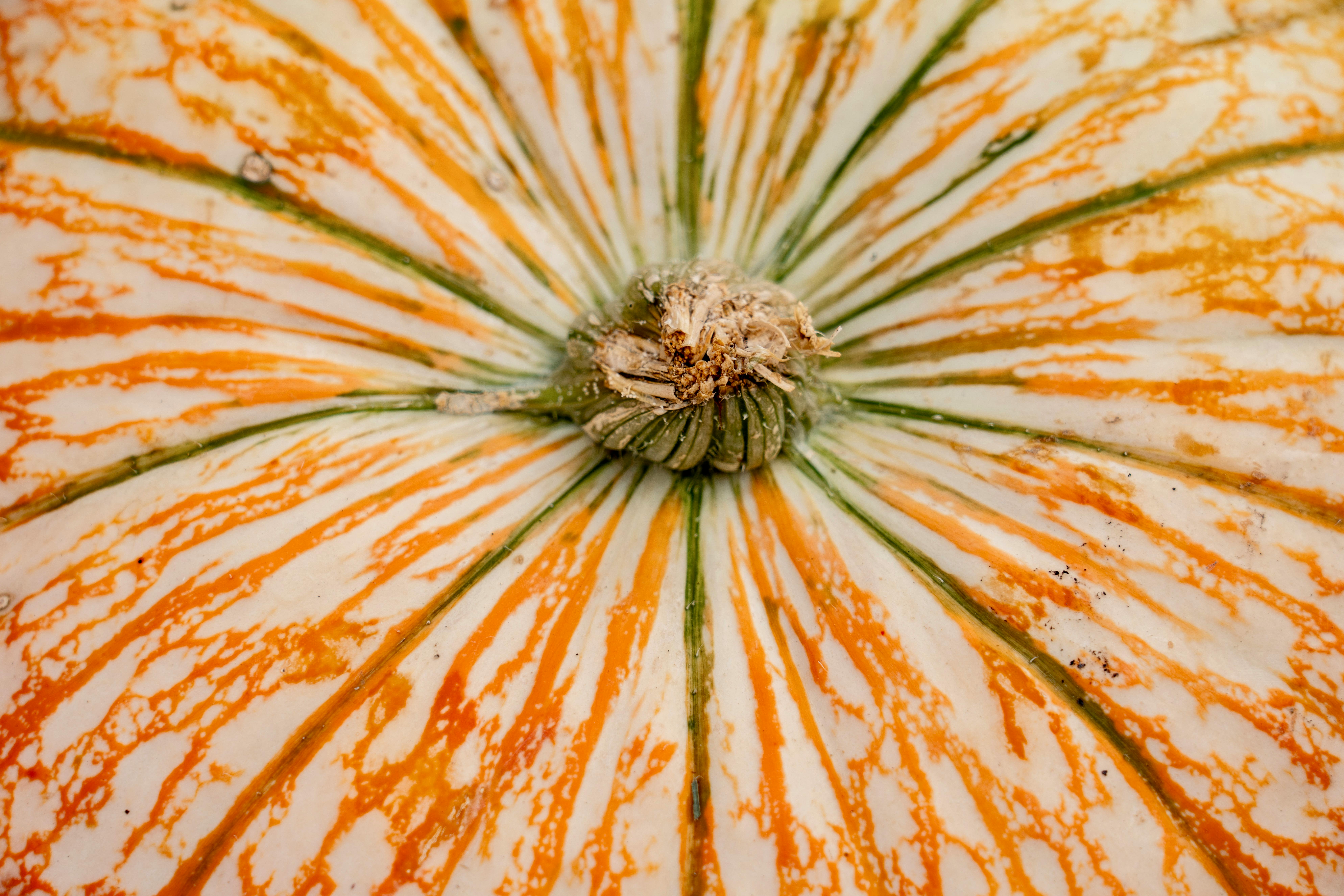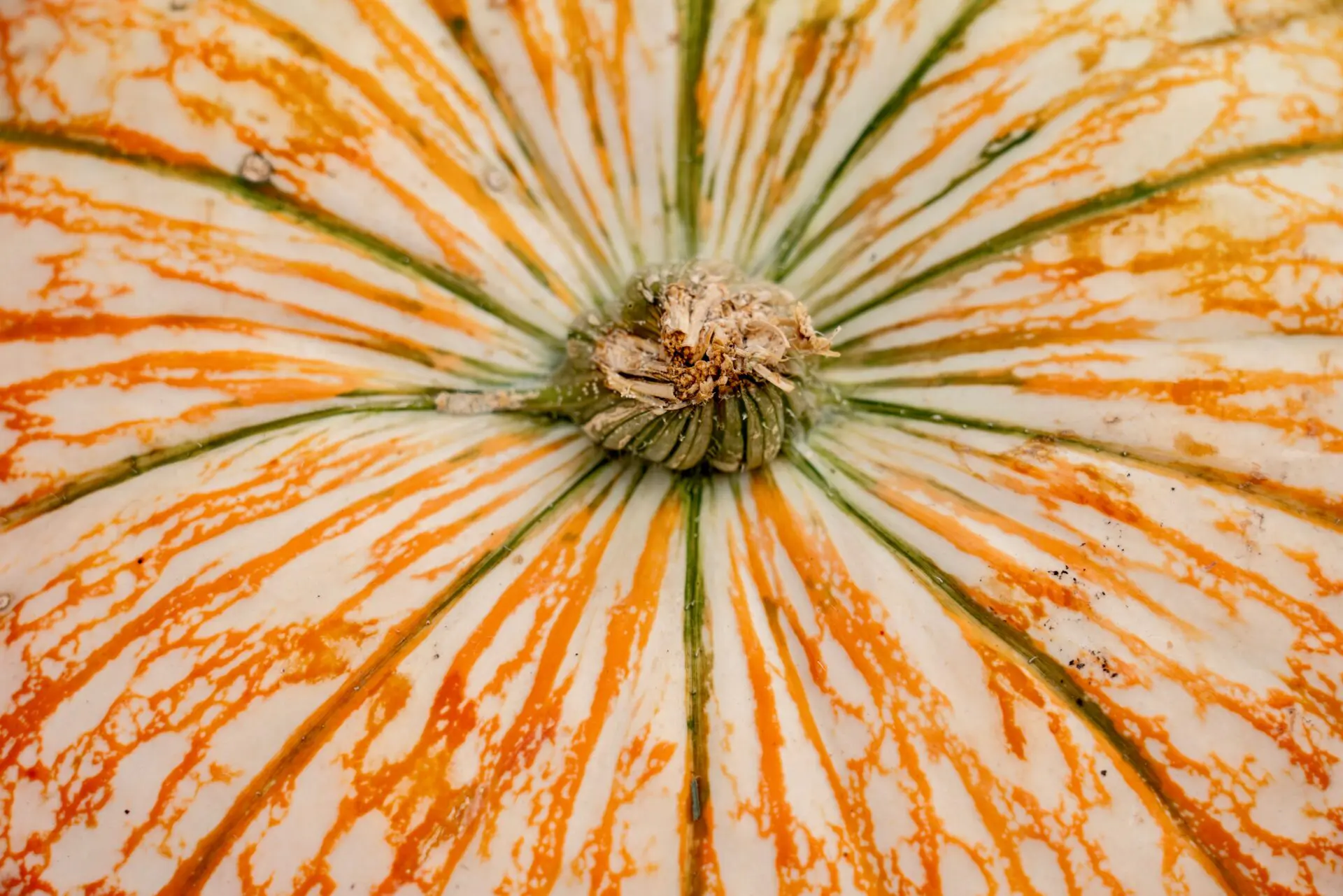Caramelizing fruit is a great way to bring out its natural sweetness and add a delicious flavor to your favorite dishes. Caramelizing fruit is easy to do and can be done in just a few simple steps. In this article, we’ll explain what caramelizing is and how to caramelize different types of fruits. We’ll also provide tips on how to use the caramelized fruits in various recipes and dishes. So, if you’re looking for a new way to bring out the flavor of your favorite fruits, keep reading!Caramelizing is the process of cooking sugar to create a golden-brown, slightly caramelized flavor. It is done by heating sugar until it reaches a temperature of around 170°C (338°F), which causes the natural sugars in the food to break down and produce a variety of aromatic compounds. Caramelizing can be used to enhance the flavor of foods such as vegetables, fruits, meats, and desserts.
Preparing the Fruit for Caramelizing
Caramelizing fruit is an easy way to create a delicious and unique dessert. Before you start caramelizing the fruit, it is important to prepare it properly. Start by washing the fruit thoroughly with cold water and patting it dry with a paper towel. Peel any skin or rind off of the fruit and discard it. Cut the fruit into uniform pieces or slices that are all about the same size. This ensures that they will cook evenly in the caramelized sugar mixture. If you are using fruits that have stones, such as peaches or plums, make sure to remove them before caramelizing. Finally, pat each piece of fruit dry again with a paper towel to remove any excess moisture that will interfere with the caramelization process.
Once your fruit is prepared, you are ready to move on to caramelizing!
How to Caramelize Fruit in a Skillet
Caramelizing fruit is a simple and delicious way to add flavor and sweetness to any meal. It’s also an easy way to add a unique twist to your favorite dishes. Whether you’re looking for a healthy snack or a special dessert, caramelized fruit is the perfect addition. Here’s how to caramelize fruit in a skillet for maximum flavor and sweetness.
To start, heat your skillet over medium-high heat. Once the skillet is hot, melt butter or coconut oil in it until it’s melted and bubbling. Then add your desired type of fruit into the skillet, making sure not to overcrowd the pan. Let the fruit cook for several minutes on each side until it starts to caramelize and become golden brown in color.
Once your fruit is caramelized, you can season it with additional ingredients like salt, pepper, cinnamon, sugar, or even nutmeg. This will help bring out the natural sweetness of the fruit and enhance its flavor. You can also add other ingredients like nuts or dried fruits into the mix for more texture and flavor complexity.
When your fruit is finished cooking, remove it from the heat and transfer it onto a plate or bowl. Depending on what type of dish you are making with your caramelized fruit, you may want to let it cool before adding it in as an ingredient.
Caramelizing fruit is an easy way to add extra depth of flavor and sweetness to any dish you make with fruits! With so many possibilities for combinations of ingredients and flavors, you’ll be sure to find something that will satisfy any taste buds!
Caramelizing Fruit in the Oven
Caramelizing fruit in the oven is a great way to add a little sweetness and texture to your favorite fruits. It’s also an easy way to add flavor and depth to savory dishes, like roasted vegetables. Caramelizing fruit in the oven involves cooking the fruit at a high temperature for a short period of time, allowing the natural sugars in the fruit to caramelize and create a rich, golden brown color.
The key to successful caramelization is patience! You must give the fruit enough time to get caramelized without burning it. Start by preheating your oven to 350°F (175°C). Line a baking sheet with parchment paper and spread your chosen fruit on top. Make sure that each piece of fruit has some space around it so that heat can circulate evenly. Sprinkle some sugar on top of each piece of fruit, then bake for 15-20 minutes or until the sugar has melted and turned a golden brown color.
Once the fruit has caramelized, remove it from the oven and let it cool completely before serving. You can enjoy the sweetened fruits as is, or use them as toppings for desserts or savory dishes. Caramelized fruits are also delicious when served over yogurt or ice cream or even stirred into oatmeal for an extra flavorful breakfast treat!
No matter how you choose to enjoy your caramelized fruits, you’ll be sure to love their rich sweetness and texture! Caramelizing is an easy way to upgrade any dish with just a few simple ingredients. Try experimenting with different types of fruits and see what flavors you can come up with!
The Benefits of Caramelizing Fruit
Caramelizing fruit is a great way to enjoy the natural sweetness and flavor of the fruit while adding a unique twist. Caramelizing fruit involves cooking the fruit in a sugar syrup until it has a golden, caramelized coating. This process can bring out the natural sweetness and flavor in the fruit while also adding an interesting texture and color. The caramelized fruits are often used as toppings for desserts or as an accompaniment to other dishes.
Caramelizing fruits can also be beneficial for health. Cooking fruits with sugar helps to break down some of their components, making them easier to digest. Caramelized fruits also contain some antioxidants that are beneficial for overall health. Additionally, the added sugar helps to enhance the sweetness and flavor of certain fruits, making them more enjoyable to eat.
Caramelizing fruit is also an easy way to add extra flavor and sweetness to your dishes without having to use artificial sweeteners or sugar substitutes. The addition of natural sugars can help balance out other flavors in a dish, such as sourness from citrus fruits or bitterness from certain vegetables. It can also be used as an alternative to sugary sauces or syrups that may be added to desserts or breakfast items such as pancakes or waffles.
Finally, caramelizing fruits can be a great way to add visual appeal and texture to your dishes. When cooked correctly, the golden color of caramelized fruits can add an attractive touch that will make your dishes look even more appetizing. The added texture from the caramelization process can also make certain dishes more enjoyable by providing a crunchy contrast against other softer components in your dish.
In conclusion, there are many benefits associated with caramelizing fruit. Not only does this process bring out natural sweetness and flavor in fruit but it can also improve its nutritional value and add visual appeal and texture to any dish it’s included in!

Choose the Right Fruit
When caramelizing fruit, it’s important to choose the right type of fruit. Choose fruits that are sweet and firm such as apples, pears, peaches, and apricots. Fruits such as bananas and pineapple are not suitable for caramelizing because they lack the necessary sugar content.
Prepare the Fruit
Before you begin caramelizing your fruit, make sure to properly prepare it. Wash and peel the fruit if necessary and cut it into evenly sized pieces. This will ensure that your fruit cooks evenly in the pan.
Choose a Suitable Pan
A heavy-bottomed skillet is best for caramelizing fruit as it helps to evenly distribute heat throughout the pan. Make sure your pan is large enough to fit all of your pieces of fruit in one layer with some space in between each piece.
Melt Butter or Oil
Before adding your prepared pieces of fruit to the pan, add a few tablespoons of butter or oil into the pan and melt over medium-low heat until melted. This will help prevent sticking and provide flavor to your finished dish.
Add Sugar
Once your butter or oil is melted, add a few tablespoons of sugar to the pan and stir until combined with the butter or oil. The amount of sugar will depend on how sweet you would like your finished dish to be. However, be careful not to add too much as this can cause burning or an overly sweet dish.
Add Fruit
Once you have added your sugar to the pan, add in your prepared pieces of fruit and spread them out into one layer with some space in between each piece. Make sure all sides of each piece are coated with butter or oil before adding them to the pan.
Caramelize Fruit
Let your pieces of fruit cook over medium-low heat for about 10 minutes until they become slightly softened and golden brown on both sides, stirring occasionally so that they don’t stick together or burn on one side. Once they are finished cooking, remove from heat and enjoy!
Adding Flavoring Agents During the Process
When it comes to food and beverage production, adding flavorings during the process can have a huge impact on the outcome. Flavorings are used to enhance the taste and smell of a product, making it more appealing to consumers. Adding flavorings during the process can also help to improve the shelf-life of a product, as well as providing an additional layer of safety.
There are many different types of flavoring agents that can be used in food and beverage production. Natural flavoring agents such as essential oils, extracts, and spices are commonly used to add a unique flavor profile to products. Synthetic flavoring agents, such as artificial flavors and colors, are also often used in order to achieve specific taste profiles or visual effects.
The type of flavoring agent that is chosen will depend on the desired outcome for the product. Natural flavoring agents tend to provide more subtle flavors while synthetic flavoring agents often provide more intense flavors. In addition, some flavorings may also be added for their functionality rather than their taste or smell such as sweeteners or preservatives.
Before adding any flavoring agent into a product it is important that all potential risks are assessed. This includes considering potential allergen issues, toxicity levels, and any other health considerations. It is also important that food safety regulations are followed when using any type of flavoring agent in order to ensure that products remain safe for consumers.
Overall, adding flavoring agents during food and beverage production can be very beneficial for improving taste and smell while also providing additional safety benefits for consumers when done correctly. By selecting the right type of flavoring agent for your product you will be able to achieve the desired results while adhering to all relevant regulations.
Caramelized Fruit
Caramelized fruit is a delicious and versatile dessert that can be enjoyed on its own or served with other dishes. Caramelizing fruit brings out its natural sweetness and the result is a complex flavor that is both sweet and savory. Caramelized fruits can be used in a variety of dishes and desserts, from pies and cakes to crumbles and compotes. Here are some delicious serving suggestions for caramelized fruit.
Fruit Crumble
A classic fruit crumble is a simple yet delicious way to enjoy caramelized fruit. Start by caramelizing your favorite type of fruit, such as apples or pears, then mix with sugar, butter, and spices to create a crumbly topping. Bake in the oven until golden brown and serve warm with cream or ice cream. This dish makes a great dessert or an indulgent snack.
Fruit Compote
Create a simple yet flavorful compote by combining caramelized fruit with wine, honey, spices, and herbs. Simmer until the liquid reduces into a thick syrup and the flavors have fully developed. Serve over ice cream, yogurt, waffles, pancakes, or crepes for an easy yet indulgent dessert.
Tarts & Pies
Make use of your caramelized fruits in pies or tarts for an extra special dessert. Create a sweet pastry crust then fill it with your favorite caramelized fruits such as apples or pears. Top with additional pastry pieces for an eye-catching design then bake until golden brown for an irresistible treat.
Cake Topping
Caramelized fruits can also be used as a topping for cakes such as vanilla sponge cake or chocolate mud cake. Simply layer slices of caramelized fruits on top of your cake before topping with whipped cream or frosting for an extra special finish.
Ice Cream Topping
For those who love ice cream but want something more exciting than the usual toppings like sprinkles or chocolate sauce, try adding some caramelized fruit instead! The combination of creamy ice cream with sweet and savory caramelized fruits will make for an unforgettable treat!

Conclusion
Caramelizing fruit is a great way to bring out its natural sweetness and flavor. It can be used to top desserts, create a delicious sauce, or as a simple snack. The key is to use the right amount of heat and the right ingredients. Make sure to watch your caramelization closely so it doesn’t burn or become too thick. With a bit of practice, you can easily master this delicious technique and create amazing dishes that are sure to please your guests.
No matter what you’re making, caramelizing fruit is always a great way to add some extra flavor. Whether you’re baking or grilling, try this technique out and see how it enhances the flavors of your food. You’ll be glad you did!



